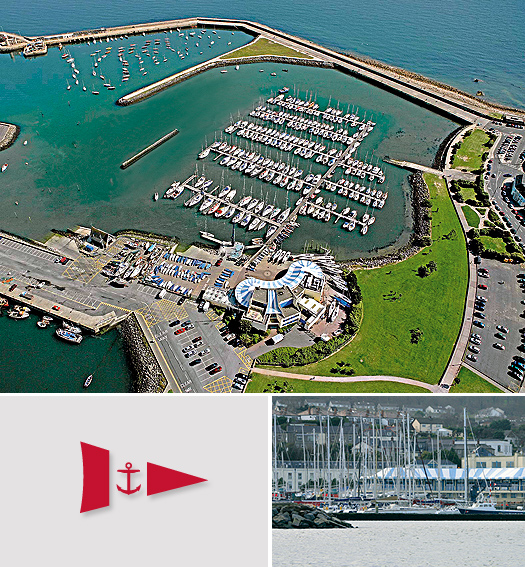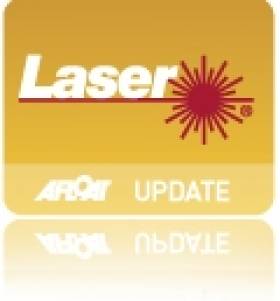Displaying items by tag: HYC
Calling all Laser Masters Sailors
All Laser sailors are invited to join the Howth Winter Laser fleet for our End of Season race and party. The event is intended to be a friendly end of season get together for the Masters sailors in the three main frostbite fleets - Dun Laoghaire, Ballyholme and Howth. Other clubs are also welcome, and we have extended invites to Skerries and Rush who have new frostbite fleets this year.
- First Gun at 10:55 on Saturday 12th March
- 3 Races planned - 2 Windward Leeward races (40 mins. in length) and the traditional Howth Round the Island Race (usually takes about 35-40mins)
- Enter on the day with €10 entry fee, and additional €20 to join us for our end of season prizegiving lunch (3 courses). Lunch is planned for 3pm, with the Rugby international at 5pm on big screens in the club.
- Prizes for the following:
- Overall prize for the best Club Masters team. The results over all 3 races of the best 3 Masters (Over 35) are counted from each club with no discards, with overall prize and bragging rights going to best club.
- Round the Island Race Trophy, as a standalone race
- Excellent spot prizes provided by Dinghy Supplies
The event is focused around the Masters sailors interclub challenge, but all Laser sailors are welcome on the day. Please confirm interest to David Quinn by Friday 4th March for lunch numbers in particular. Notice of race will be published on the Howth website shortly.
Howth Yacht Club

For all the latest Howth Yacht Club news click here. Founded in 1895 in the thriving fishing port of Howth in north county Dublin, Howth Yacht Club is one of the country's largest and most successful clubs, with a major expansion of the Clubhouse in 2001 adding greatly to the facilities.
Located in Howth Harbour, the club organises Cruiser, Keelboat and Dinghy racing for twelve months of the year. There is also an active cruising group. The club operates a 300 berth marina, 70 swinging moorings, a large dinghy park, and modern clubhouse with full facilities.
HYC offers Dinghy courses Up to Improving Skills, Advanced Boat Handling, Racing 1, and Adventure 1; and Powerboat courses 1, 2, and Safety Boat
Howth Yacht Club, Rupert Jeffares, Harbour Road, Howth, Co. Dublin. Tel: 01 832 2141, fax: 01 839 2430, email: [email protected]
Have we got your club details? Click here to get involved























